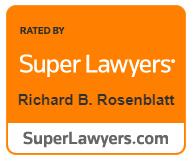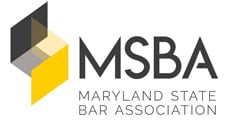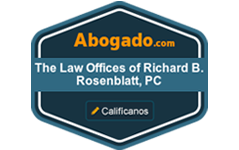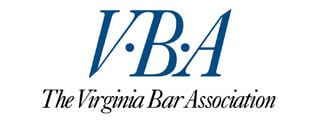When debt grows to a seemingly insurmountable level, many Maryland consumers begin to feel panicked. Faced with a pile of bills and no way to pay in full, stress levels rise and debt begins to dominate one’s thought process. There are several ways to address high levels of debt, including filing for consumer bankruptcy. Before taking that step, many people will attempt some form of repayment plan.
One of the best ways to structure a repayment strategy is to tackle secured debts first. These are accounts that are secured by an asset, such as a home, car or recreational vehicle. If the account becomes seriously delinquent, the lender can seize the asset. By paying these debts first, consumers can avoid the downward spiral that often follows a foreclosure or vehicle repossession.
Next, those accounts with the highest interest rates should be paid down. This can save a great deal of money in interest over time. Student loan debt should come next on one’s list, and if making those payments is an issue, individuals should contact their lender to discuss payment options and deferment plans. Finally, accounts with the lowest interest rates and balances should be paid down.
While repayment is possible for some in Maryland, there are many people who are simply too far in debt for repayment to be a viable option. In such cases, pursuing consumer bankruptcy may offer a better path to financial stability. Bankruptcy offers a fast and effective elimination of many forms of unsecured debt, and the chance to begin anew.
Source: 9and10news.com, “Prioritize your debts to pay off bills the smart way”, Andrew Housser, June 1, 2015






